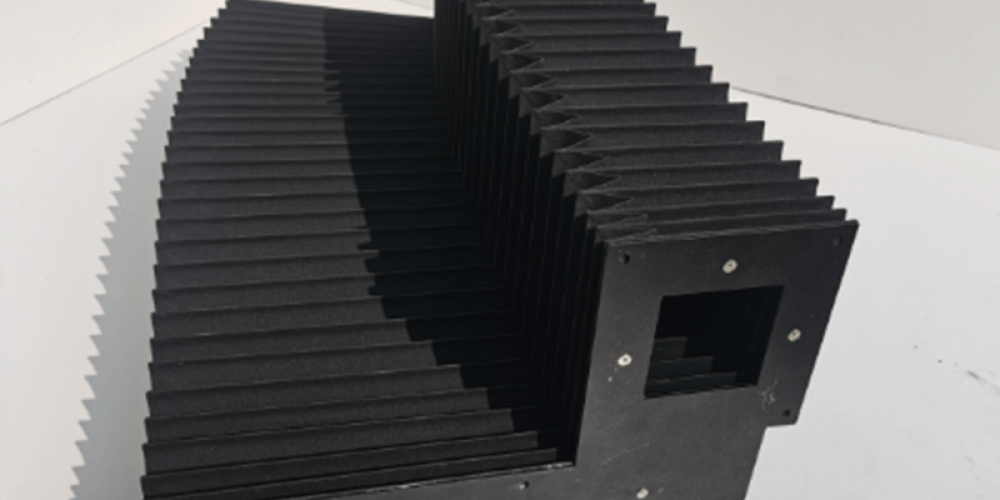
Protective Performance
The primary feature is to provide effective protection. The protective cover isolates flying debris (such as chips, coolant, sparks, etc.) generated during machine tool operation, preventing harm to operators. It also safeguards the machine tool itself from external environmental factors like dust and corrosive substances.
Durability
Protective covers are typically constructed from high-strength, wear-resistant, and corrosion-resistant materials such as stainless steel, aluminum alloy, and high-strength fibers. These materials ensure resistance to physical and chemical damage during use, extending the product’s service life.
Flexibility
Many machine tool protective covers are designed with adjustable or telescopic sections to accommodate machine tools of various sizes and shapes, as well as adapt to different operational states. This flexibility ensures broad applicability and high efficiency.
Ease of Maintenance
The design of protective covers prioritizes ease of cleaning and maintenance. They can be easily disassembled and reinstalled for internal cleaning and inspection. Additionally, some covers feature transparent inspection windows or easy-access maintenance doors, enabling necessary operations without fully removing the cover.
Sealing Performance
Excellent sealing is another critical feature. A well-sealed protective cover effectively prevents external contaminants such as dust and moisture from entering the machine tool interior, maintaining cleanliness and dryness to prolong the equipment’s lifespan.
Safety Compliance
The design of protective covers must adhere to relevant safety standards and regulations to eliminate operational hazards. For example, secure and reliable fastening mechanisms prevent accidental loosening or detachment during machine operation.